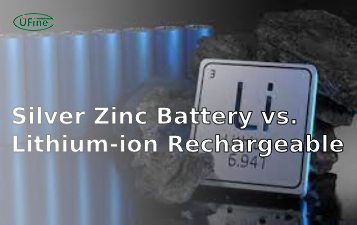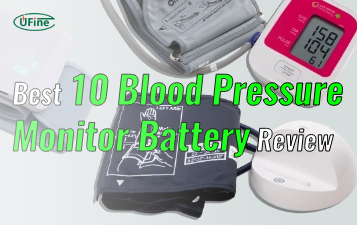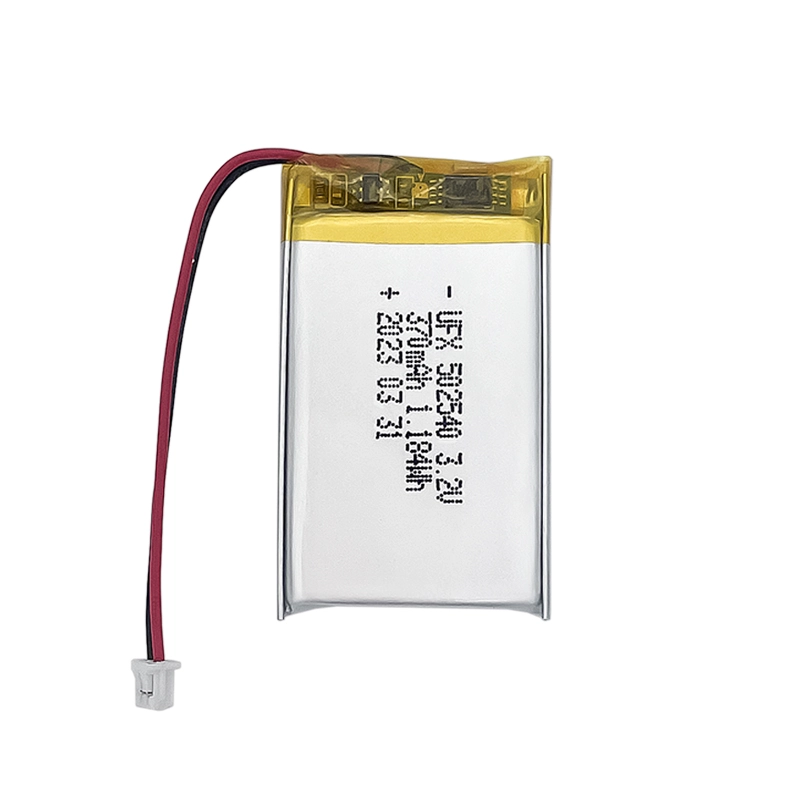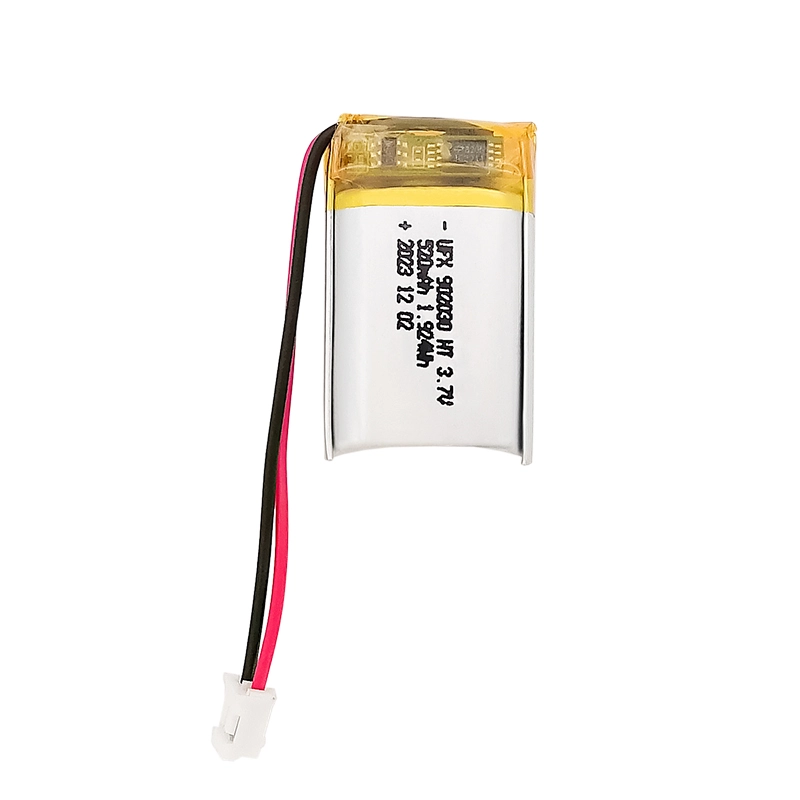
Preserving Action Camera Battery Performance In Low Temperatures
In low-temperature environments, action camera batteries lose power quickly, lenses fog up, and machinery freezes. How do we solve these problems?
At present, the most widely used action camera battery is a lithium-ion battery. Lithium-ion batteries have the characteristics of high operating voltage, small size, lightweight, environmental protection, no memory effect, small self-discharge, and long cycle life. They are an ideal power source and also meet the needs of camera miniaturization.
The camera batteries we use are generally rechargeable lithium-ion batteries. Its interior is composed of a positive electrode, a negative electrode and an electrolyte dissolved in it. When the battery is discharged, the negative electrode precipitates lithium ions through a chemical reaction. Movement through the dielectric to the positive electrode. At this time, the positive electrode is in a lithium-rich state and the negative electrode is in a lithium-poor state. During the activity of lithium ions, the generated electrons move to form an electric current.
It is precisely because of this characteristic that if the temperature drops, it will inevitably affect the activity of electric ions. The movement of ions will slow down, less power will be emitted, and the discharge capacity of the camera battery will also decrease. Therefore, in low-temperature conditions, the battery life may be shortened. Back indoors, the temperature rises, the ions become active again, and the power slowly recovers.
The impact of low temperature on action cameras
1. Battery drains faster
The discharge performance of commonly used lithium batteries will be weakened at low temperatures and power consumption will be faster. If the temperature is too low, such as minus 40 degrees, it will completely stop working.
2. Thermal expansion and contraction
Due to the different expansion coefficients of glass lenses, metal bodies and plastic screens, the LCD screen may freeze and crack, or the LCD screen may be unable to zoom or focus.
3. Mechanical failure
The lubricating oil of the mechanical structure inside the camera and lens may freeze, causing the camera to become completely inoperable.
4. Water vapor solidifies
When you go from a warm room to a cold outdoors, due to the sudden low temperature, water vapor inside the camera and lens may condense or even freeze into ice, which may also cause damage to the camera.
How to protect your action camera in a low-temperature environment?
If you take your action camera to high-altitude areas, such as the North and South Pole, high-latitude continents, Western Asia, Canada and other places, you will face low temperatures below minus 40 degrees. Faced with the above challenges, how can you protect your camera?
1. Battery drains faster
Keep spare action camera batteries close to your body for rotation. Wrap the camera handle with just one layer of insulation to protect the battery compartment.
2. Lens fogging
Be careful when entering and exiting warm and cold environments, and it is best to have a sealed bag.
3. The LCD screen failed and the shutter cable froze.
In an environment of more than 40 degrees below zero, the LCD screen no longer works. But the camera can still work, which is equivalent to blind operation at this time. The shutter cable is frozen and hard, so be careful when handling it.
4. Mechanical parts frozen
In extreme temperatures, even a little moisture will freeze. But people are the biggest source of water vapor. When you are close to the camera for viewing, a little bit of water vapor can make the tripod head unable to work. Mechanical parts of the camera, such as the reflector, will also freeze. In this case, you can wear a protective cover for the camera to keep it warm.
High Energy Density
It stores large amounts of energy in a smaller and lighter package
Longer Cycle Life
Withstands extensive charge and discharge cycles
Low Self-Discharge
Maintains power longer when not in use
Safety
Minimizes the risk of accidents and ensures safe operation
More Information About Action Camera Battery
-
Do I really need an action camera?
-
What are the batteries for action cameras?
-
How long can an action camera record?
-
What are the disadvantages of action cameras?
-
Can action cameras be used in low temperatures?
Latest Blogs
About Lithium Battery Industry News

What is the Difference Between Silver Zinc Battery vs. Lithium-ion Rechargeable?
Compare silver zinc and lithium-ion rechargeable batteries: energy density, cycle life, safety, cost, and uses in drones, medical devices, EVs, and electronics.
2025/12/10 Ufine

What are Watts and Watt Hours in Battery?
Understand watt vs watt-hour in batteries: key differences, how to calculate capacity, and why they matter. Includes free comparison table.
2025/12/10 Ufine

Best 10 Blood Pressure Monitor Battery Review: Finding the Most Reliable
Are you looking for a reliable Blood Pressure Monitor battery? Here is a complete guide with the top 10 best blood pressure monitor batteries.
2025/12/10 Ufine

Bluetooth Headphone Battery Guide: All You Need to Know
Maximize headphone battery life with expert tips! Learn how to charge, check, troubleshoot, and choose the best bluetooth headphone battery in 2025.
2025/12/10 Ufine

LiFePO4 Battery VS. Lithium-ion Polymer Battery: Which One Is Best?
Comprehensive comparison of LiFePO4 vs Lithium Ion Polymer batteries: energy density, safety, lifespan, cost. Find out which battery suits your needs in 2025.
2025/12/10 Ufine

Voltage Source Inverter vs Current Source Inverter: Clear Differences Explained
Learn the clear differences between voltage source inverters and current source inverters. See advantages, applications, and a practical comparison.
2025/12/09 Ufine



